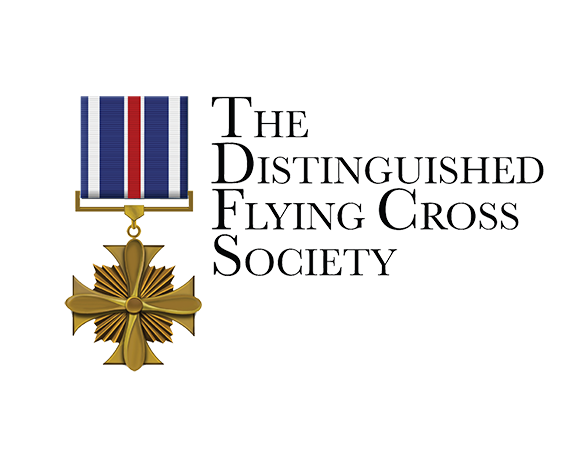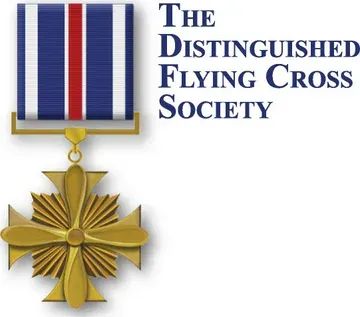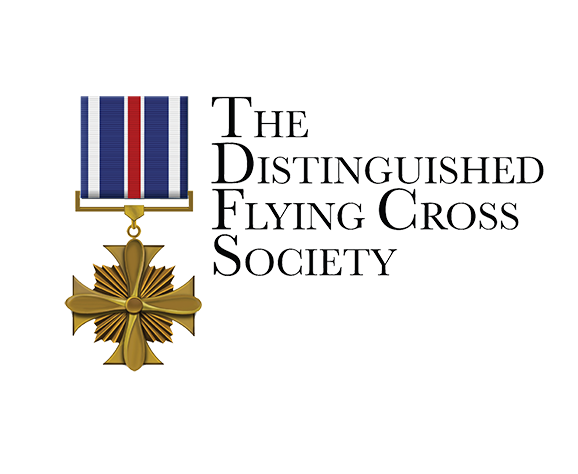Richard M. Martin
AWARDED DFC:
1
CONFLICT/SPACE FLIGHT/EVENT: Cold War
MODEL: B-47
Citation: 1.) The President of the United States takes pleasure in presenting the Distinguished Flying Cross to Major Richard M. Martin for exceptionally meritorious achievement while participating in aerial flights from June 1953 to September 1956. During this period, as aircraft observer of a B-47, Major Martin assisted in developing, testing, and demonstrating the practicability of navigation, bombing, and in-flight refueling procedures to be used by B-47 combat crews. Major Martin’s superior initiative, personal endeavor, skill, and outstanding ability enabled him to earn the top honor in radar bombing during the 1956 Strategic Air Command Bombing and Navigation Competition. Major Martin’s untiring efforts, exceptional devotion to duty and initiative reflect great credit upon himself and the United States Air Force.


